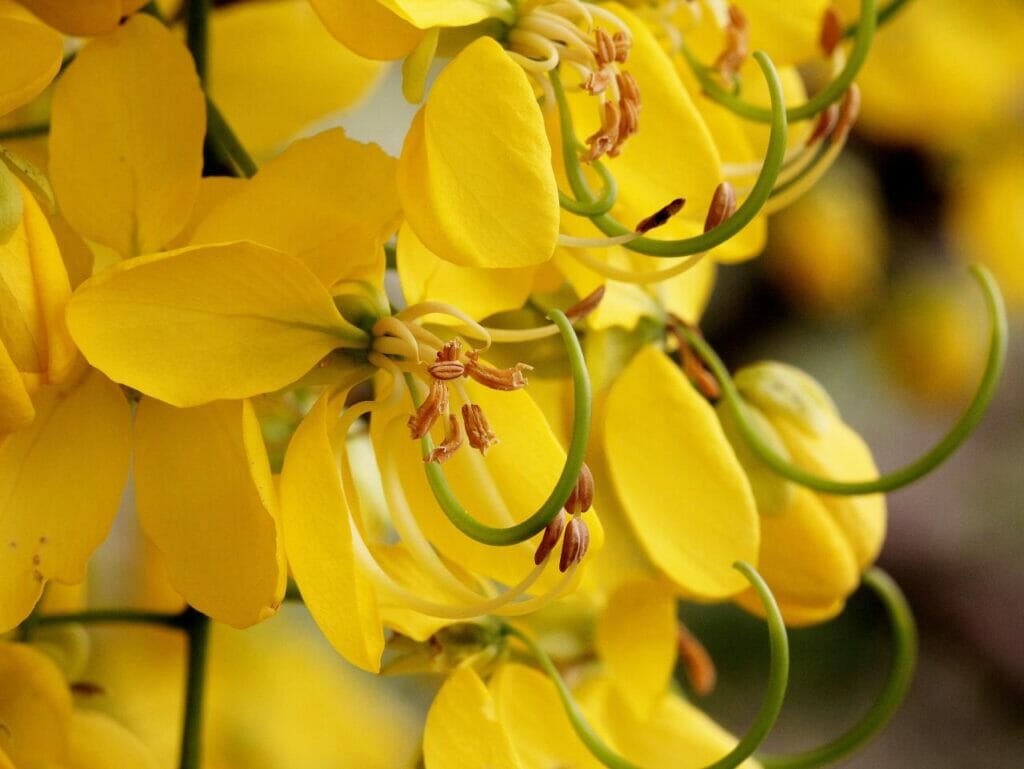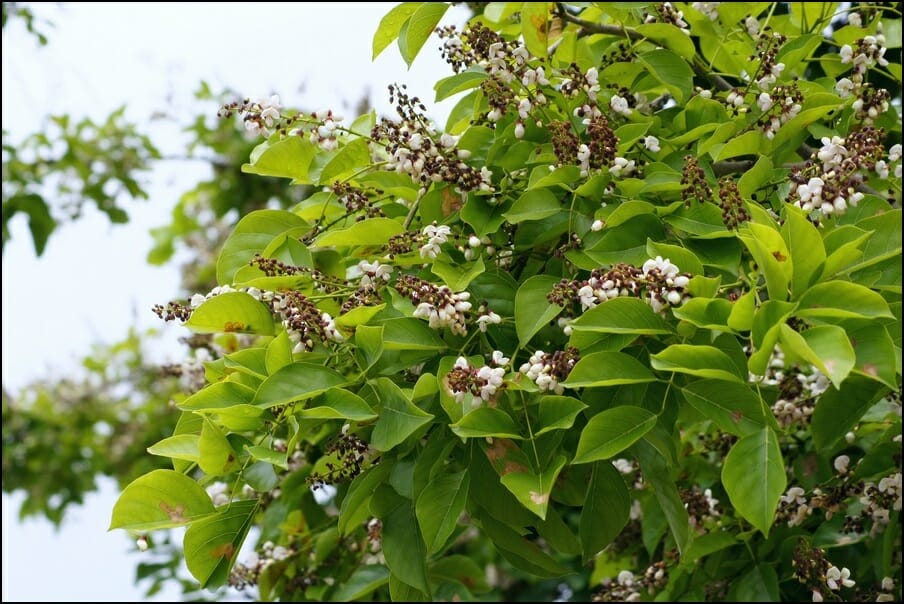Climate change is experienced in the form of erratic, unpredictable and extreme weather changes in the various seasons. This is impacting the periodic appearance of leaves, flowers, and fruits on the seasonal trees around us. Observing these changes regularly can give an insight into climate change’s impact on biodiversity in India. Since trees are the basis of all life, including ours, understanding the impact of climate change on trees is imperative.
For over a decade, SeasonWatch is leading a citizen science project following the patterns of emergence and maturation of leaves, flowers and fruits (“phenology”) on common tree species of India. Seasonal phenology of trees can be affected by larger problems such as climate change and serve as reliable indicators of the same.
Read more: In photos: Age-old trees felled for Bellary road widening
Contribution from the citizens in observing trees and collecting data can be an efficient way to collect large amounts of seasonality information from all over the country. The upcoming quarterly tree festival – March Tree Festival 2023 – is one such way of reaching out to more people and encouraging them to participate.
The competition has three challenges to make things exciting:
- Observing 100 trees in 10 days
- Collecting data on as many individuals as possible of 5 tree species with red/orange flowers
- 8 tree species that are likely to sprout new leaves in March.
Contributors with the highest number of trees observed in the different challenges will win prizes.
“Tree watching in Kashmir is definitely a unique activity. It will clone the facts and changes of spring into education and research for sustainability”, says Akhter Hussain, Society for Env. Edu. & Development (SEED)
“The eye easily wanders to all that has lush, new and fresh leaves and the colours are indeed striking. As I consciously began looking at these trees, I realised how beautiful the early months of summer are. I wonder why I didn’t have the eye to see these things all these years”, says Suhirtha Muhil M, Project Manager – SeasonWatch

Read more: Great Backyard Bird Count, it’s a wrap!
Event details:
1. Date: The festival begins on March 24th and ends on April 2nd
2. Who is the event for?
Anyone who likes trees, is interested in observing them, and can access the internet on a laptop or smartphone.
3. How to participate?
To participate, simply observe the leaves, flowers and fruits on the trees in your vicinity. Document your observations by following these tutorials here.
Partners and collaborators are Nature Conservation Foundation and Wipro Foundation.
For more details visit this website.

[The content has been provided by Sayee Girdhari on behalf of Nature Conservation Foundation]